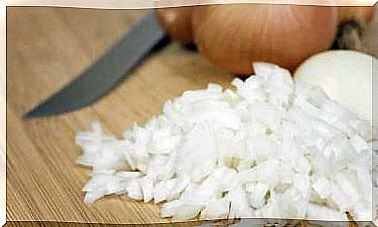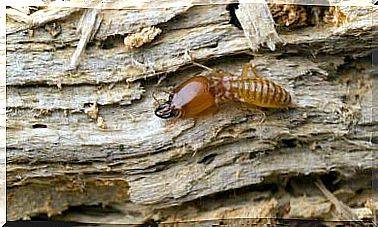What Are Microgreens And How To Grow Them At Home
Microgreens are small versions of vegetables that are commonly consumed in the diet. They have a size of 2 centimeters, which contrasts with their usual format. However, they have similar nutritional properties. They are used in salads.
It should be noted that they are dense foods from the point of view of micro and phytonutrients. In this way, they allow to neutralize the formation of free radicals, thus generating a positive impact on the body. At the same time, they have enzymes that facilitate digestion.
What kinds of plants and seeds can we grow?
There are different types of microgreens that can be grown at home. Among them are cauliflower, broccoli, cabbage, lettuce, dill, carrot, garlic, onion, leek, spinach, beet, cucumber and melon.
It is also possible to use cereal seeds such as rice, oats or wheat to generate this type of micro-vegetables. Even with legumes you can get similar results. The possibilities are very diverse, making them a suitable option for interiors.
They are a good source of nutrients
Micro-greens, in the same way as their normal-sized counterparts, have a significant contribution of substances with antioxidant capacity. These have been shown to neutralize the production of free radicals, which affects health. This reduces the risk of developing complex pathologies in the medium term.
At the same time, they have significant amounts of fiber, which helps to generate satiety and make low-calorie diets for weight loss more viable. This contribution also helps fight constipation, as stated in a study published in the journal Alimentary Pharmacology & Therapeutics .

Benefits for the body from the consumption of microgreens
Regular consumption of microgreens can have the following health benefits. We tell you.
Lower risk of developing complex pathologies
Regular vegetable intake has been shown to help reduce mortality from all causes. In this way, the incidence of complex pathologies decreases. This is due, among other things, to the contribution of phytonutrients. Remember that microgreens contain the same nutritional properties as their full-size counterparts.
Anti-aging
The neutralization in the production of free radicals generates a positive effect at the level of slowing down aging. Many of the processes associated with aging occur with an accumulation of waste substances at the cellular level, as well as an increase in the concentration of reactive oxygen species.
How can they be added to the diet?
It is very easy to add micro-greens to your diet. These are adapted to a multitude of culinary preparations, such as stir fries, sandwiches, vegetable creams, smoothies, juices and garnishes.
You can even prepare pizzas and tortillas with them . It is also common to add them to soups to increase their organoleptic characteristics, in addition to their nutritional value.
Can you plant micro-greens at home?
One of the positive characteristics of microgreens is that they can be grown at home with amazing ease. They grow both indoors and outdoors and are used at all times of the year for their cultivation.
Necessary materials
- Seeds.
- A pot with soil or substrate.
- Good exposure to sunlight.

Sowing and cultivation process
Fill the pot with soil without making it lumpy. Then sprinkle the chosen seeds on top evenly. V ierte a little water and cover the pot with a plastic lid that it is not too earthbound.
It will be necessary that you check daily to verify that there is a certain humidity, otherwise you will add water. When germination occurs, remove the lid and place in a place where they will be exposed to sunlight. It will be necessary to water them once a day and harvest the harvest after a week.
Microgreen: small but nutritious vegetables
The microgreens present a nutritional contribution similar to that of normal vegetables, but they have a small size that increases their versatility. They can be added to salads, creams or soups to improve the nutrient content of these preparations.
In addition, they have the advantage of being able to be grown easily at home, thus avoiding the use of pesticides. They grow quickly and don’t give a lot of work. Include them in the diet in order to increase its variety.









